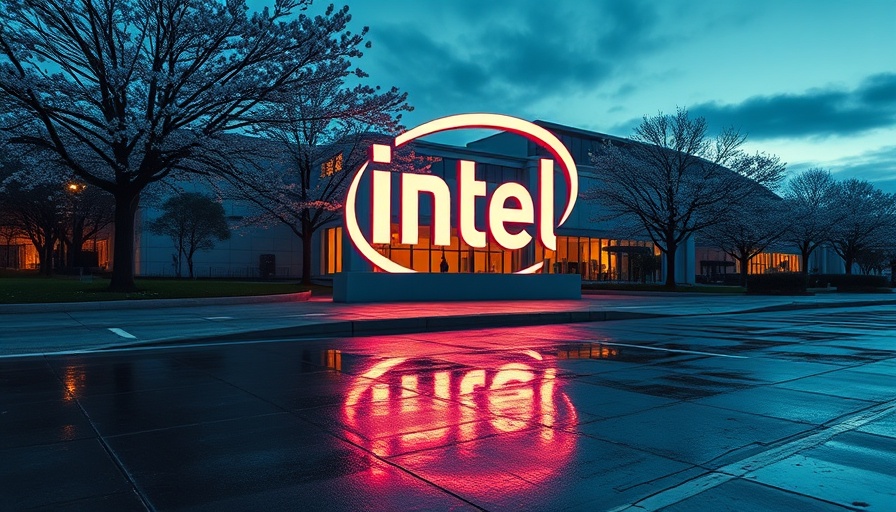
New Leadership in Fragile Times: What Lies Ahead for Intel?
As Intel welcomes a new CEO, Lip-Bu Tan, the semiconductor giant finds itself at a critical juncture. With a legacy mark of being America's chip pioneer, Intel is looking to stabilize and innovate amid a turbulent industry landscape. Tan's appointment comes at a time when the company's stock has faltered, reflecting broader challenges in the technology ecosystem.
Tan, a familiar name in the semiconductor world, previously served as CEO at Cadence Design Systems and has a deep understanding of both chip design and manufacturing—key areas where Intel has stumbled recently. Under the prior leadership of Pat Gelsinger, despite ambitious plans for modernization, the company was hit hard, with stock values plummeting and dismal quarterly results prompting a significant workforce reduction.
Understanding the Semiconductor Landscape
The semiconductor industry is no longer about just traditional chip manufacturing; it's a dynamic ecosystem that includes artificial intelligence, advanced computing, and strategic partnerships. For Intel, failing to capitalize on the AI boom, particularly as its rivals like NVIDIA soar, has highlighted urgent demands for a new approach. Tan's predilection for calculated risks could herald a vital pivot in Intel's operational strategy, particularly concerning its Foundry services.
Tariffs, Grants, and Government Support
Tan’s leadership comes with additional pressures as the geopolitical landscape shifts. With the Biden administration increasing grants for domestic semiconductor manufacturing, such as the $7.865 billion from the U.S. Chips and Science Act, Intel now has resources that could reestablish it as a manufacturing powerhouse. However, the company has yet to prove it can translate these resources into meaningful growth.
Market Reactions and Future Competitiveness
Tan's announcement was met with optimism, signaling a potential rebound in investor confidence as the stock surged by 12%. Analysts believe Tan's reputation as a bridge between chip design and production affords him the authority to unify Intel's disparate strategies while pursuing future competitiveness against heavyweights like TSMC. While some remain skeptical about whether he can enact the radical changes needed, many view him as a consensus builder who may be able to retain morale and visibility within the company.
The Road Ahead: What Can We Expect?
As Tan begins his tenure, the key questions remain: can he create a coherent vision that revives Intel’s leadership status in the semiconductor industry? Will his commitment to both innovation and consolidation enable Intel to regain lost ground? The upcoming months will undoubtedly be a test of strategic foresight, resource allocation, and internal culture. The industry and markets are watching eagerly.
 Add Row
Add Row  Add
Add 




Write A Comment